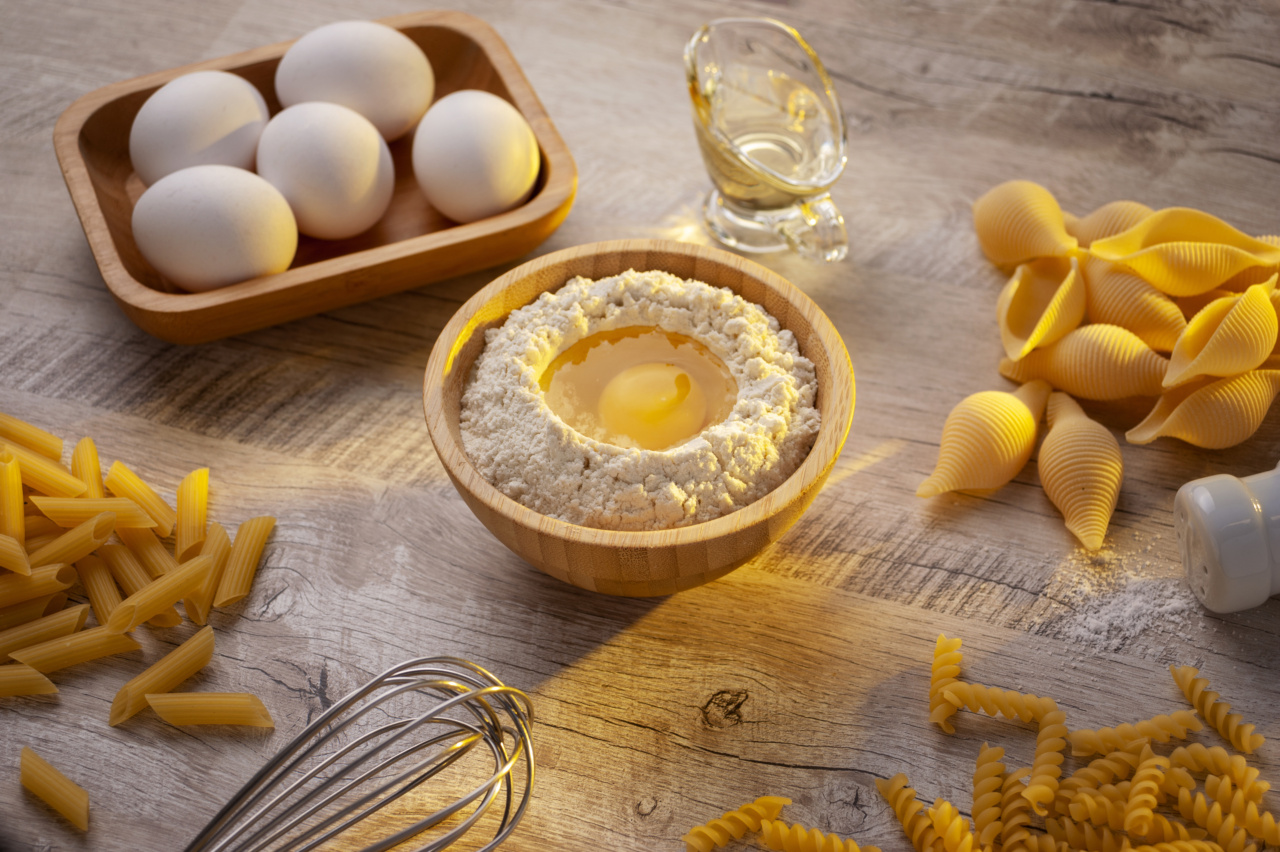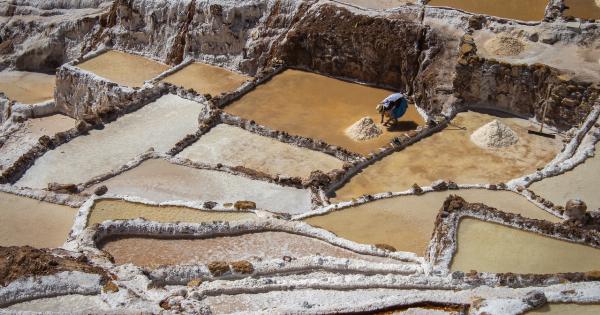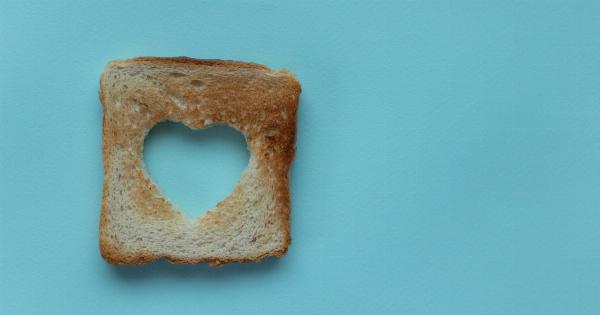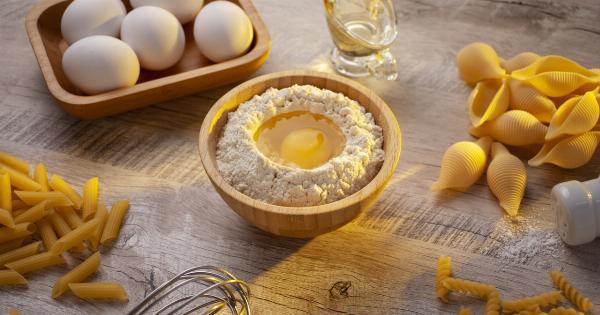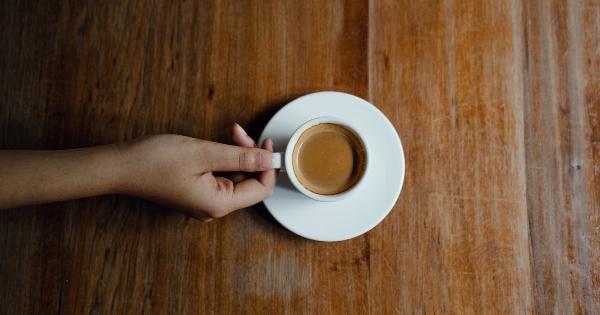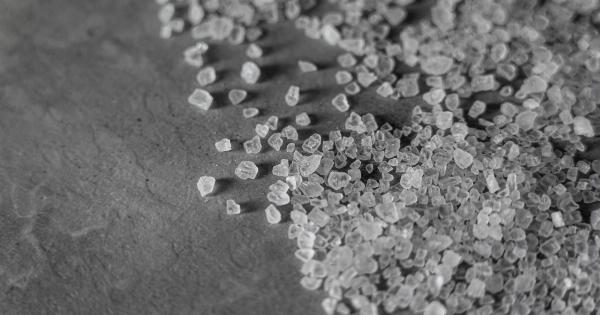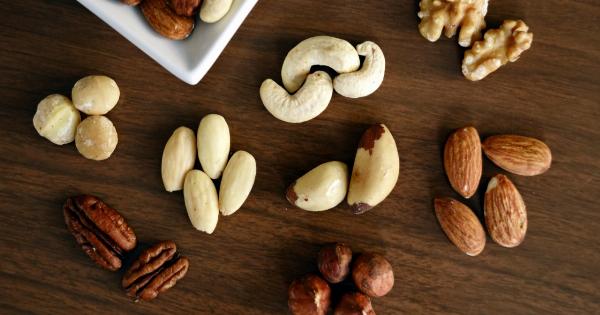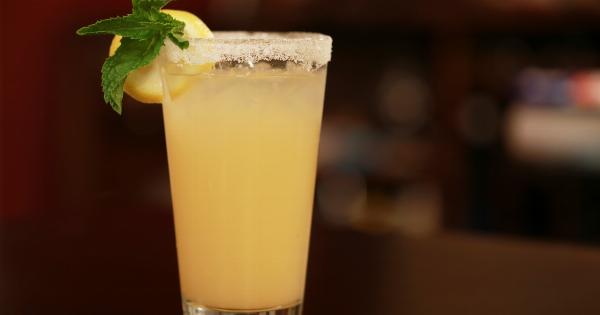Salt, which contains sodium, is an essential ingredient in the human diet. However, excessive consumption of sodium has been linked to various health problems, including high blood pressure, kidney disease, and stroke.
Recent studies have also suggested that increased salt intake may play a role in headache occurrence, particularly in individuals who are already prone to headaches.
The Science Behind Salt and Headaches
While the exact mechanism by which salt consumption affects headaches is not yet fully understood, there are several theories. One hypothesis is that excessive salt intake can lead to dehydration, which can trigger headaches.
Another possibility is that high levels of sodium in the blood can cause blood vessels in the brain to constrict, leading to headaches.
Salt Consumption and Migraines
Migraines are a type of headache that are thought to be caused by changes in the brain’s blood vessels. Some research has suggested that individuals who consume a high-salt diet may be more likely to experience migraines.
One study found that people who consumed more than three grams of sodium per day had a significantly higher risk of experiencing migraines than those who consumed less than two grams per day.
Reducing Salt Intake to Prevent Headaches
If you are experiencing headaches and are concerned that your salt intake may be contributing to the problem, there are several steps you can take to reduce your sodium consumption.
One of the biggest sources of sodium in the Western diet is processed foods. To lower your salt intake, try to choose fresh, whole foods whenever possible and avoid processed snacks and convenience foods.
You may also want to try cutting back on the amount of salt you use when cooking or at the table. Other alternatives to table salt, such as herbs and spices, can be used to add flavor to food without increasing sodium levels.
Additionally, it’s important to stay well-hydrated and to listen to your body’s signals. If you’re feeling thirsty, drink water instead of reaching for a salty snack.
Final Thoughts
While more research is needed to fully understand the relationship between salt consumption and headache occurrence, there are several steps you can take to reduce the amount of sodium in your diet and potentially prevent headaches.
Reducing your reliance on processed foods and paying attention to your body’s signals can go a long way in promoting better health and reducing the likelihood of headaches.
